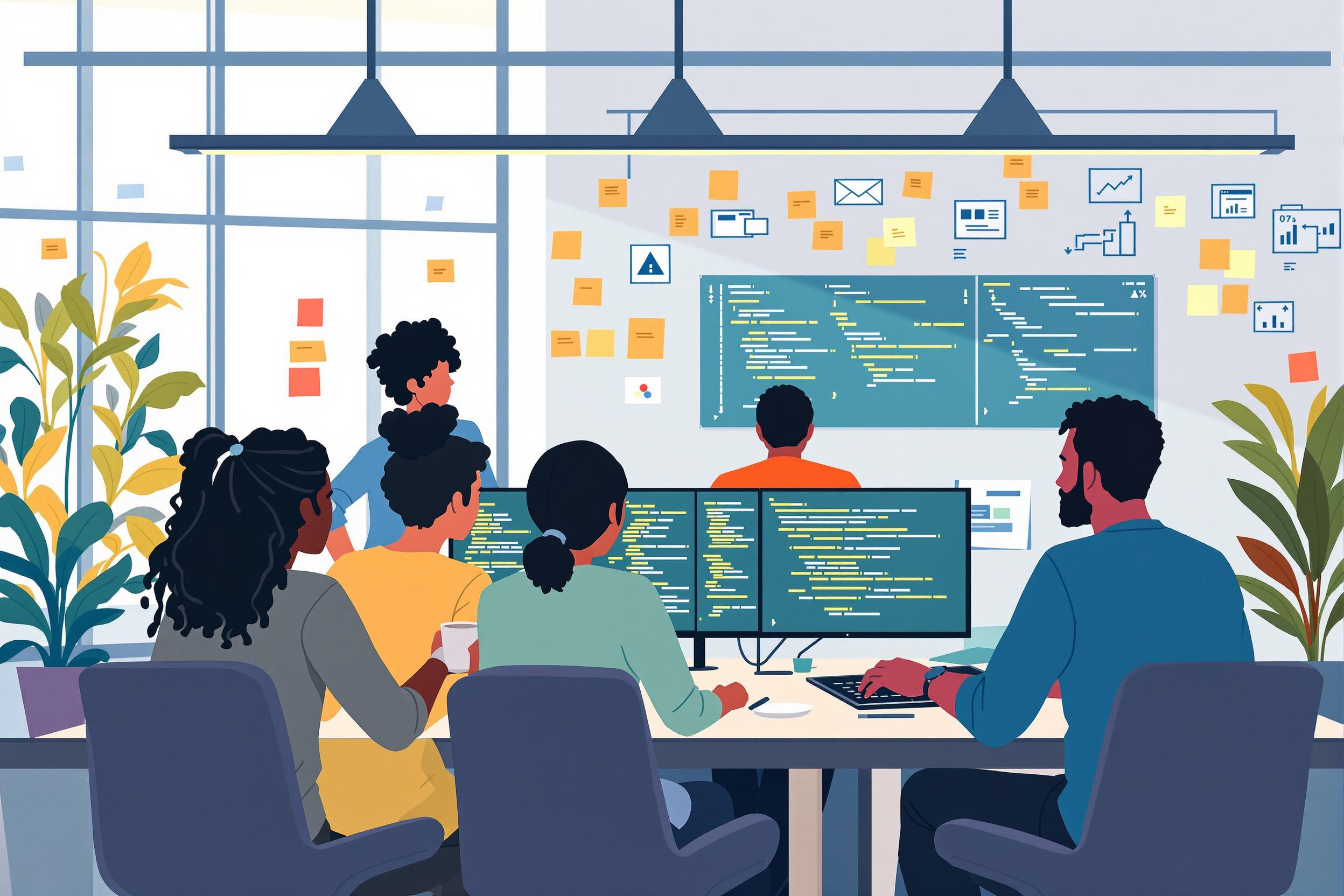
Color Rendering
Color Rendering is the process of creating detailed visual plans that show how lighting and colors will look on stage during a performance. It's like making a colorful preview or blueprint of how the stage will appear. Stage designers use this to communicate their ideas to directors, producers, and technical teams. Think of it as painting a picture of what the audience will see before anything is actually built or lit. This can be done by hand with art materials or using computer software, and it helps everyone involved understand the visual impact of the show.
Examples in Resumes
Created detailed Color Rendering for main stage productions at City Theater
Developed Color Renderings and lighting plans for Broadway musical productions
Used digital tools to produce Color Rendering designs for outdoor festival stages
Typical job title: "Stage Designers"
Also try searching for:
Where to Find Stage Designers
Professional Organizations
Online Communities
Job Resources
Example Interview Questions
Senior Level Questions
Q: How do you manage color rendering for a production with multiple scene changes?
Expected Answer: A senior designer should explain their process for organizing multiple renderings, coordinating with the director's vision, and managing the practical aspects of quick scene changes while maintaining visual consistency.
Q: Tell me about a time when you had to adapt your color rendering due to budget constraints.
Expected Answer: Should demonstrate problem-solving abilities, discussing how they modified designs to work within budget while maintaining artistic vision, possibly by using alternative materials or lighting solutions.
Mid Level Questions
Q: What tools and techniques do you use for creating color renderings?
Expected Answer: Should be able to discuss both traditional and digital methods, explaining when they prefer each approach and how they present their ideas to different team members.
Q: How do you ensure your color renderings translate effectively to the actual stage?
Expected Answer: Should explain their process for testing lighting and colors in real conditions, making adjustments, and working with technical teams to achieve the desired effect.
Junior Level Questions
Q: What basic elements do you include in a color rendering?
Expected Answer: Should be able to explain the fundamental components: lighting placement, color schemes, set pieces, and how they show the overall mood and atmosphere of a scene.
Q: How do you start the color rendering process for a new show?
Expected Answer: Should describe their initial steps: reading the script, meeting with directors, understanding the mood, and beginning preliminary sketches or digital mockups.
Experience Level Indicators
Junior (0-2 years)
- Basic color theory understanding
- Simple rendering techniques
- Knowledge of common stage lighting
- Ability to follow design directions
Mid (2-5 years)
- Advanced rendering techniques
- Digital design software proficiency
- Understanding of different stage types
- Budget management skills
Senior (5+ years)
- Complex production design management
- Team leadership and coordination
- Advanced technical knowledge
- Multiple show management
Red Flags to Watch For
- No understanding of basic color theory
- Lack of knowledge about stage lighting principles
- Unable to work with both digital and traditional rendering methods
- No experience with actual theater productions
- Poor communication skills with production teams
Related Terms
Need more hiring wisdom? Check these out...

Refining Job Descriptions to Expand Applicant Pools: Casting a Wider Talent Net

Redefining Team Collaboration in a Digital Workspace

Cracking the Code: How to Source Talent in APAC and EMEA with Cultural Sensitivity

